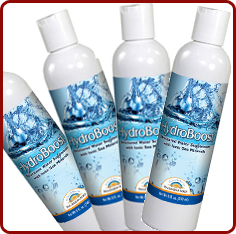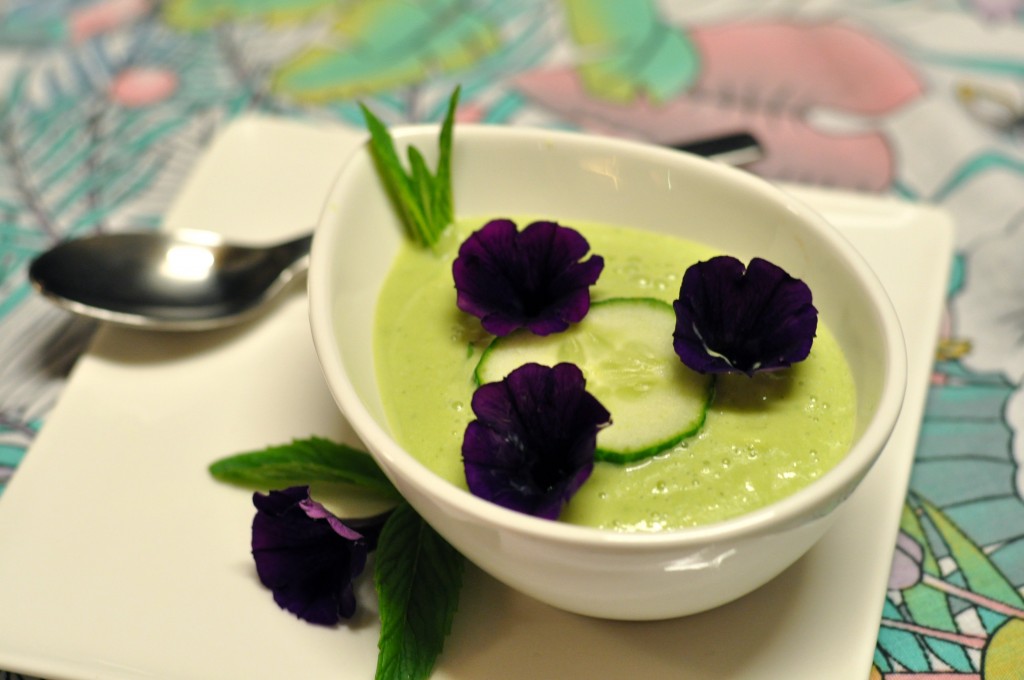
Issue #10 (Monthly Online Newsletter)
The Brain & Your Nervous System
Written by Judy Fleming
The building where we go to work, school or live has a complex system of electrical wires that keep it in good working order. They all come from the main source of electrical power in the building and pass through the fuse box so you can turn on a light, watch your TV or play on your computer. So they control the power in the building. Our body has something like this, an organ that controls how our body works and without it we would not be able to do the normal things we do every day and take for granted. This control panel in our body is our brain.
Our brain has many different parts that work together. We’re going to talk about these five key players on the brain team:
- cerebrum
- cerebellum
- brain stem
- pituitary gland
- nervous system
The Cerebrum
The biggest part of the brain is the cerebrum that makes up 85% of the brain’s weight. The cerebrum is the thinking part of the brain and it controls your voluntary muscles — the ones that move when you want them to. This part of the brain allows you to do the things you like, such as: playing with your children, making a salad, going for a walk. You will use your cerebrum when you solve puzzles, math problems or make a quilt. Your memory lives in this part of the brain; both short-term memory so you can remember what you had for breakfast and long-term memory so you can have memories of what you did 2 years ago or when you were a child. The cerebrum also helps you to reason.
The cerebrum has two halves, with one on either side of the head. We do know for sure that the right half controls the left side of your body and the left half of the cerebrum controls the right side. Scientist also believe the right side helps us to think about abstract things like music and colour while the left side of the cerebrum helps with analytical solving like in math problems or speech.
The Cerebellum
It is below the cerebrum at the back of the brain just above the brain stem where the spinal cord meets the brain. It is much smaller in size only 1/9 of the whole brain but it contains ½ of the neurons. The neuron is the basic working unit of the brain, a specialized cell designed to transmit information to other nerve cells, muscle, or gland cells. The cerebellum is a continuous thin layer of tissue (the cerebellar cortex), tightly folded in the style of an accordion and it plays an important role in our motor control. Even though it is small it has a very important role as it controls balance, movement, reflexes, speech and coordination. So the cerebellum allows us to stand straight and tall and keep our balance so we can move around and do things.
The Brain Stem
The stem is below the cerebrum and in front of the cerebellum. It connects the rest of the brain to the spinal cord and is in charge of all our functions that keep us alive; like breathing, digestion of food, sleeping, our heart rate and blood circulation. So the brain stem controls our involuntary muscles that work automatically without even thinking. The stem is actually telling our body to pump more blood when we increase our heart rate as a result of running or biking. Millions of messages travel through the brain stem in the course of a day that are sent by the body allowing us to live without thinking about it.
The Pituitary Gland
This gland is as small as a pearl and just a valuable! Its job is to release hormones that allow us to grow and it has a big role in puberty. It helps to keep our metabolism going. This gland releases hormones that will: influence reproduction, convert food into energy, regulate our temperature, balance the water in our kidneys and relieve pain.
The Nervous System
The parts of the brain are important but they cannot work alone they need to work with the nervous system to function well. The brain needs nerves and the spinal cord, which is a long bundle of nerves inside our spinal column, the vertebrae that protects it. The nervous system allows the spinal cord and the nerves to work together so messages flow between the brain and the body. We have over 100 billion neurons in our brain. Each neuron holds pieces of information that need to be transmitted to another neuron in another part of our body so that part can function properly. If the neuron-transmitters are not functioning well your brain cannot send the messages it needs. This happen sometimes causing dementia or depression.
The brain has many parts and we have just told you about the main ones but now we will discuss how the brain develops. This will help us to understand why we think the way we do.
The Brains Development
When we are infants all of our brain matter is in a very small space and like the branches of a tree there is overlapping. This overlapping makes it hard for an infant to do certain things like figuring out a math problem because the overlapping makes it hard for the brain to focus on just one thing and everything is garbled. But as we get older our brain will develop certain areas over others as a result of what we use and what we don’t. The more we use certain parts of the brain as a toddler the more we develop those kinds of neurons and this holds true for the neurons we do not use. So if we did not do something at an early age, like skiing or playing a musical instrument, it will be harder to do as we grow old. The more we train our brain at an early age the better the neuron systems will work. Also the less we use our brain as we get older the less effective the neurons will be.
Action Plan for a Healthy Brain:
- Exercise your brain by doing – read, word puzzles, math puzzles, try new things all the time to keep your brain active!
- Eat a healthy diet of raw foods such as: flax seed, nuts, blueberries, avocado, quinoa, and any other vegetable or fruit.
- Manage your stress by taking care of the little problems we have control over and not putting things off. Using your imagination helps with stress levels, so imagine you are on a holiday or having a good time doing something you love. Be positive!
- Take a B12, B6 with Folate supplement – it will take better care of your neurological well-being.
- Protect your head – wear a helmet when you are riding a bike, skiing or roller blading. Your brain is like an avocado and if you hit it hard you will bruise it and cause trouble.
Hippocrates said: “Men ought to know that from nothing else but the brain come joys, delights, laughter, sports, sorrows, grief, despondency, and lamentations.”

Raw Cucumber Soup with Flowers
Once we have warmer weather it is nice to have a Raw soup on those hot days. When you garnish with flowers make sure they are edible (complete list of edible flowers here) and if you grow them yourself make sure you do not use chemicals so you can eat them! Stay away from these flowers when using them in your food: Poisonous plants and flowers
The Soup
serves 4
Put the following ingredients in your blender and blend until creamy:
- 1 cup cucumber diced
- 4-8 mint leaves
- 2 tbsp chopped chives
- 1 avocado (scooped out of the peel)
- 2 tbsp raw honey
- ½ of each freshly squeezed: lemon and lime
- 2-3 cups water (you want this thick but still liquid enough to call it a soup)
Chill until ready to serve (because it has avocado it is best to only keep it in the fridge for 30 minutes so it does not turn brown).
Just before serving garnish with the following for each bowl:
- 1 mint leave
- 1 thin slice of cucumber
- 2-3 small flowers (we have used mini petunias)
SALE
Hydroboost on sale now for 20% off

HydroBoost (formerly WaterMax) “boosts” distilled and reverse osmosis water raise the pH to an alkaline level of 8.0 or higher, boosts protection against free radicals, boosts hydration to your cells, and boost nutrition with more than 70 ionic minerals and trace elements!
On sale for a limited time only while quantities last


